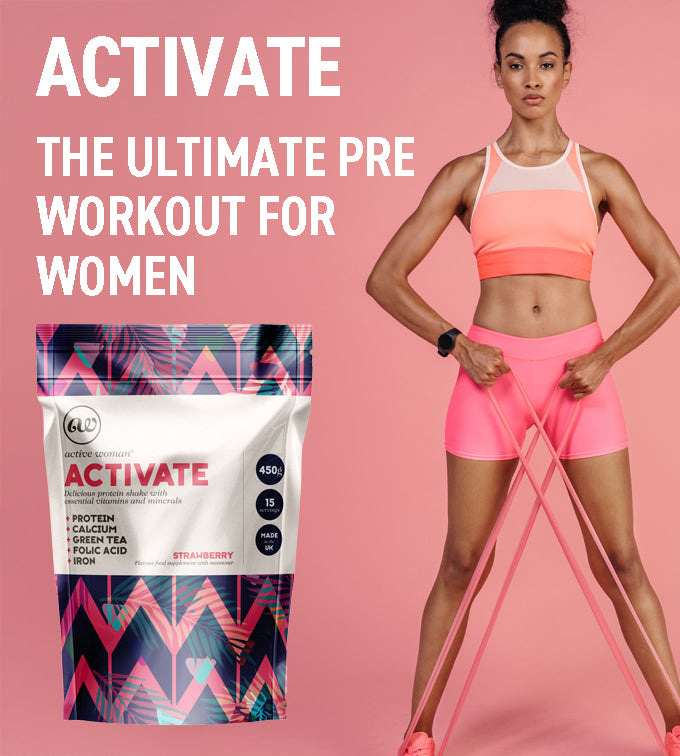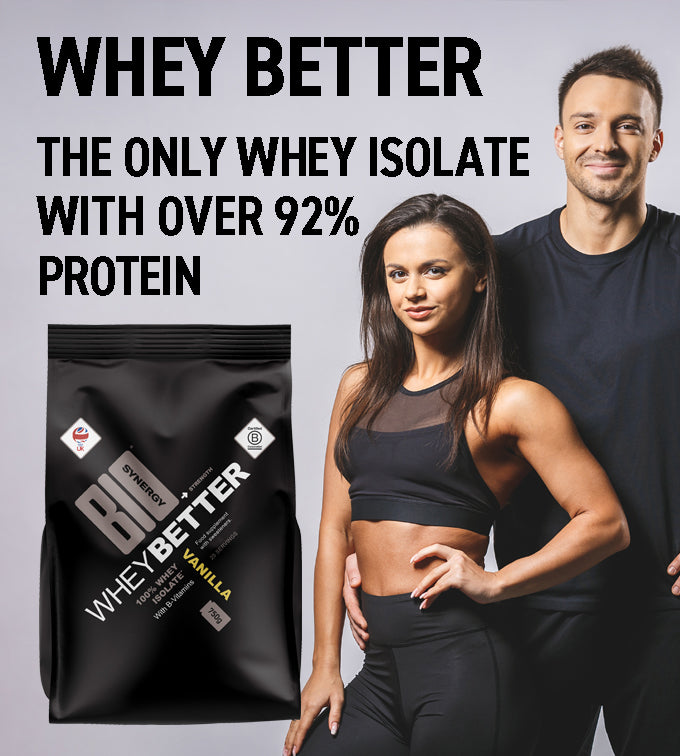A keto or ketogenic diet is a very low-carb diet (not no carb), which turns the body into a fat-burning machine. It has many proven benefits for weight loss, health and performance, as millions of people have experienced already.
What is ketosis?
The “keto” in a ketogenic diet comes from the fact that it makes the body produce small fuel molecules called “ketones”.2 This is an alternative fuel for the body, used when blood sugar (glucose) is in short supply.
Ketones are produced if you eat very few carbs (that are quickly broken down into blood sugar) and only moderate amounts of protein (excess protein can also be converted to blood sugar).
Ketones are produced in the liver, from fat. They are then used as fuel throughout the body, including the brain. The brain is a hungry organ that consumes lots of energy every day, and it can’t run on fat directly. It can only run on glucose… or ketones.
On a ketogenic diet, your entire body switches its fuel supply to run almost entirely on fat. Insulin levels become very low, and fat burning increases dramatically. It becomes easy to access your fat stores to burn them off. This is obviously great if you’re trying to lose weight, but there are also other less obvious benefits, such as less hunger and a steady supply of energy.
When the body produces ketones, it’s said to be in ketosis. The fastest way to get there is by fasting – not eating anything – but nobody can fast forever, and we certainly don’t recommend it!
A keto diet, on the other hand, can be eaten indefinitely and also results in ketosis. It has many of the benefits of fasting – including weight loss – without having to fast.
Who should NOT do a ketogenic diet?
A keto diet is safe for most people, but if you are on medication or pregnant or have any queries always consult your GP.
Keto diet food list – what to eat
In summary, eat real low-carb foods like meat, fish, eggs, vegetables and natural fats like butter or olive oil. As a basic beginner’s rule, stick to foods with fewer than 5% carbs, feel free to supplement with high quality protein powders.
Here’s what you should avoid on a keto diet – foods full of sugar and starch. As these foods are much higher in carbs.
Meat
Meat – Unprocessed meats are low carb and keto-friendly, and organic and grass-fed meat is the most healthy of all. But remember that keto is a high-fat diet, not high protein, so you don’t need huge amounts of meat. Excess protein (more than your body needs) is converted to glucose, making it harder to get into ketosis. A normal amount of meat is enough.
Note that processed meats, like sausages often contain added carbs. When in doubt look at the ingredients, aim for under 5% carbs.
Fish and seafood
These are all good, excellent even, especially fatty fish like salmon.
Eggs
Eggs – Eat them any way, e.g. boiled, fried in butter, scrambled or as omelettes, whatever you want.
Fats
Remember, don’t fear fat. On keto, fat is your friend. Why saturated fats are fine to eat
Keto low-carb vegetables
Vegetables growing above ground. Fresh or frozen – either is fine. Choose vegetables growing above ground (here’s why), especially leafy and green items. Favorites include cauliflower, cabbage, avocado, broccoli and zucchini.
Vegetables are a great and tasty way to eat good fat on keto. Fry them in butter and pour plenty of olive oil on your salad. Some even think of vegetables as a fat-delivery system. They also add more variety, flavor and color to your keto meals.
Most people end up eating more vegetables than before when starting keto, as veggies replace the pasta, rice, potatoes etc. Full guide to keto low-carb vegetables
Dairy
High-fat dairy – The higher fat the better. Butter is good, high-fat cheese is fine and high-fat yoghurts can be had in moderation. Heavy cream is good for cooking.
Avoid drinking milk as the milk sugar quickly adds up (one glass = 15 grams of carbs), but you can use it sparingly in your coffee. Definitely avoid caffè latte (18 grams of carbs). Also avoid low-fat yoghurts, especially as they often contain lots of added sugars.
Nuts
Nuts – Can be had in moderation, but be careful when using nuts as snacks, as it’s very easy to eat far more than you need to feel satisfied. Also be aware that cashews are relatively high carb, choose macadamia or pecan nuts instead or check out our full keto nuts guide
Berries
Berries – A moderate amount is OK on keto, perhaps with real whipping cream, a popular keto dessert. Full fruits and berries guide
Drinks
Water – Try to make this your drink of choice, flavored or sparkling water is fine too.
Coffee – No sugar. A small amount of milk is fine.
Tea
Avoid these high-carb foods
The worst. Soft drinks, candy, juice, sports drinks, chocolate, cakes, buns, pastries, ice cream, breakfast cereals.
Watch out
Be very skeptical of special “low-carb” products, such as pasta or chocolate. Unfortunately these products usually work poorly. They have prevented weight loss for loads of people. They’re commonly full of carbs once you see through the creative marketing.
Fake low-carb products
There are dozens of companies trying to trick you into buying their “low-carb” junk food, full of starch, sugar alcohols, flour, sweeteners and strange additives.
Two simple rules to avoid this junk:
Don’t eat “low-carb” versions of high carb stuff, like cookies, bars, chocolate, bread, pasta or ice cream – unless you are SURE of the ingredients (perhaps from making it yourself).
Avoid products with the words “net carbs” on them. That’s usually just a way to fool you.
Athletes looking to boost performance while on a ketogenic diet may benefit from taking the following supplements:
- Creatine monohydrate: Creatine monohydrate is an extensively researched dietary supplement that has been shown to promote muscle gain, improve exercise performance and increase strength.
- Caffeine: An extra cup of coffee or green tea can benefit athletic performance and boost energy levels, especially in athletes transitioning to a keto diet.
- Branched-chain amino acids (BCAAs): Branched-chain amino acid supplements have been found to reduce exercise-related muscle damage, muscle soreness and fatigue during exercise .
- HMB (beta-hydroxy beta-methylbutyrate): HMB can help decrease muscle loss and increase muscle mass, especially in those who are just beginning an exercise program or increasing the intensity of their workouts.
- Beta-alanine: Supplementing with the amino acid beta-alanine can help prevent fatigue and muscle burnout when following a ketogenic diet .







